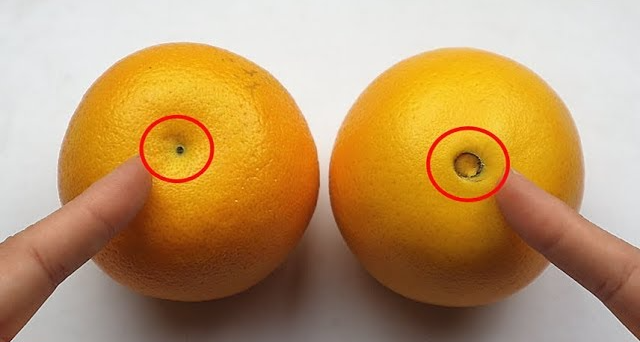
Navel Oranges After 50: Choosing Between Large and Small Fruits
As we age, good nutrition becomes one of the most important tools to support energy, immunity, and overall health. Among fruits, navel oranges stand out. Seedless, easy to peel, and naturally sweet, they are packed with vitamin C, fiber, antioxidants, and water — all essential for healthy aging.
Both large and small navel oranges offer these benefits. A medium orange provides around 70–80 mg of vitamin C, 2–3 g of fiber, potassium, and folate. Larger oranges contain slightly more juice and nutrients due to their size, while smaller oranges may taste sweeter and are easier to handle. The difference is mostly about convenience and preference rather than nutritional value.
For adults over 50, navel oranges help support immunity, heart health, digestion, hydration, and skin and joint health. Vitamin C fights oxidative stress and aids collagen production, fiber promotes gut regularity, and potassium helps maintain healthy blood pressure. Choose larger oranges if you want more juice and hydration. They are ideal for those who enjoy drinking fresh orange juice or need extra fluids. Smaller oranges are convenient for quick snacks and easy to peel, especially for those with reduced hand strength or smaller appetites.
To maximize benefits, eat oranges fresh, add slices to salads or yogurt, and store them in a cool, dry place or refrigerator. Whole fruit is preferable to juice for fiber. Ultimately, size doesn’t affect the health benefits. Regular consumption is what counts most. Large or small, navel oranges remain a delicious, nutritious choice for adults over 50.




